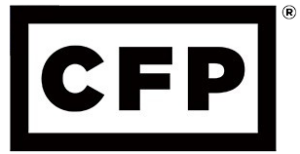It’s important to understand the fine print of your home equity line of credit (HELOC). Make sure not to get swept up in your plans for how the money will be spent. Use this checklist while reviewing options.
Timing is everything
Introductory period: The introductory period before your HELOC adjusts. The more debt you can repay within the introductory period the better. The best perks are offered during this time. However, you probably won’t pay off all your debt within the introductory period, so don’t choose a HELOC based solely on the introductory period.
Draw period: The period in which the loan is interest-only. Once expired it’s expected you begin repaying principal as well. Make sure to budget appropriately as the payment fluctuates
Understanding the Fees:
Lender fees: The fees that the lender receives when the HELOC closes. Don’t settle for a HELOC that makes you pay this. There should be lenders that don’t charge this fee.
Cancellation fee: A fee charged when you cancel your HELOC. If you refinance or sell your home, you don’t want to have an additional cost of a cancellation fee. Ask to have this removed or look for a HELOC that doesn’t charge you to cancel.
Annual fee: A yearly fee for your HELOC. You should be able to find a HELOC that doesn’t charge you just to have it. Ask to have this removed or shop for one that doesn’t have an annual fee.
Appraisal fee: A one-time fee to appraise the value of your property. It may not be much, but it’s an extra $50+ not worth spending if you can avoid it. Ask if it can be waived or to review loans without it.
Cost of the loan:
Introductory rate: A teaser interest rate before your HELOC adjusts. You can use the low introductory rate to pay off debt on your HELOC. However, you probably won’t pay off all your debt at the introductory rate, so don’t be choose a HELOC based solely on the introductory rate.
Variable APR: The interest rate at which you repay your HELOC. Make sure this is at or near the prime rate. Most HELOCs can offer rates near prime, so don’t accept a rate that will cost you more each month. Review competitive rates here.
Margin: The points added to your variable rate. The margin plus the prime rate equals your interest rate. Most HELOCs will have a margin so shop around and try to find a HELOC with a reasonable margin.
Interest-only option: When you’re only able to pay interest on the loan. This is a nice short-term option with you’re in a cash-flow crunch. Eventually, you’ll owe both principal and interest or a balloon payment (lump sum repayment).
Periodic caps: The maximum amount of percentage points your HELOC can rise during each adjustment. These are nice to have as they provide some protection against soaring interest rates. Try to get a reasonable periodic cap for your HELOC.
Lifetime caps: The maximum interest rate you will ever pay for your HELOC. This provides some safety against soaring interest rates. Try to get a reasonable lifetime cap for your HELOC.
If you only wanted a Line of Credit in case of emergency…
Required balance: A revolving balance that you are required to keep. If the HELOC you are looking at has a required balance, look somewhere else. There’s no reason you should need to keep a balance and there are plenty of other HELOCs that don’t require this.
Minimum draw: The minimum amount you can withdraw for your HELOC. This amount varies, but you don’t want to be forced to take out more than you need. If you cannot get this waived, make sure the minimum amount is not too high or ask if it can be immediately repaid – and don’t forget to do it!
Inactivity fee: A fee associated with non-usage. You shouldn’t be penalized for using your credit as needed. Try to get this removed or find another HELOC.





This Post Has 3 Comments
Pingback: Consolidating Credit Card Debt - North Andover Financial Planner | Powwow, LLC
Pingback: Effective Options to Reduce Credit Card Debts without Hurting your Credit - North Andover Financial Planner | Powwow, LLC
Pingback: Time's Up! Paying for College - North Andover Financial Planner | Powwow, LLC